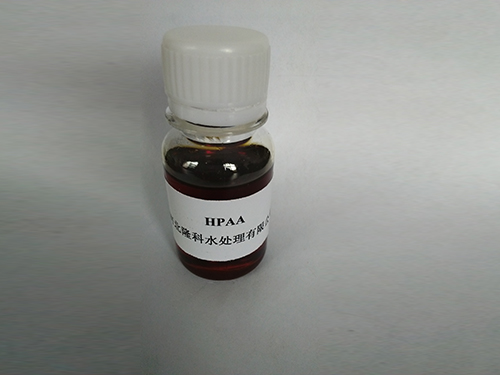Different Flocculants Used in Water Treatment Processes and Their Applications
Types of Flocculants in Water Treatment
Water treatment is a vital process aimed at making water safe for consumption, agricultural use, and industrial activities. A critical step in water treatment is the removal of suspended solids, colloids, and impurities. Flocculation is one technique used in this process, where fine particles clump together to form larger aggregates that can be more easily removed. The agents that facilitate this process are known as flocculants. There are several types of flocculants used in water treatment, each with unique properties and applications.
1. Organic Flocculants
Organic flocculants are commonly used in water treatment due to their effectiveness and versatility. They can be further categorized into synthetic and natural organic flocculants.
- Synthetic Organic Flocculants These are man-made flocculants, often based on polymers. Polyacrylamides (PAMs) are widely used synthetic flocculants. They come in various forms, including cationic, anionic, and non-ionic, depending on their charge characteristics. Cationic polyacrylamides, for example, are effective in treating wastewater from textiles and paper industries, where negatively charged particles are prevalent.
- Natural Organic Flocculants Derived from natural sources like plant materials or biopolymers, these flocculants include substances such as chitosan, which is obtained from chitin found in shellfish. Natural organic flocculants are favored for their biodegradability and low toxicity, making them suitable for drinking water treatment and in applications where environmental impact is a concern.
2. Inorganic Flocculants
Inorganic flocculants are salts that can promote coagulation and flocculation by neutralizing the charges on particles suspended in water
. Common inorganic flocculants includetypes of flocculants in water treatment

- Aluminum Salts Aluminum sulfate, commonly known as alum, is one of the most widely used inorganic flocculants. It works by hydrolyzing in water to form aluminum hydroxide, which captures suspended particles and forms flocs. Despite its effectiveness, the use of aluminum sulfate must be properly managed to avoid residual aluminum concentrations in treated water.
- Iron Salts Ferric chloride and ferric sulfate are examples of inorganic iron-based flocculants. These compounds can be particularly effective in treating water high in organic matter and color. Like aluminum salts, they also work by forming precipitates that facilitate the aggregation of suspended particles.
3. Composite Flocculants
Composite flocculants combine both organic and inorganic components to leverage the advantages of both types. These hybrid flocculants can provide improved efficiency in various water treatment scenarios. They often exhibit enhanced performance in the removal of a wide range of contaminants, making them suitable for complex wastewater treatment systems. Innovations in creating composite flocculants aim at lowering the dose required while maintaining effective flocculation.
4. Biopolymer Flocculants
Recent advancements in water treatment technology have highlighted the role of biopolymers as flocculants. These materials, such as alginates and guar gum, are derived from natural sources and possess the potential to replace synthetic polymers in many applications. Biopolymer flocculants are biodegradable and environmentally friendly, helping to meet strict regulatory requirements and sustainability goals in water treatment processes.
Conclusion
The choice of flocculant in water treatment is critical and depends on various factors, including the type of pollutants present, treatment goals, cost considerations, and environmental impact. Whether using organic, inorganic, composite, or biopolymer flocculants, each type brings specific advantages that can enhance the efficiency of water treatment processes. As industries continue to evolve and face new challenges regarding water quality, the development of innovative flocculation agents remains an important area of research, promising safer and more sustainable water treatment solutions.
-
Water Treatment with Flocculant Water TreatmentNewsJun.12,2025
-
Polymaleic AnhydrideNewsJun.12,2025
-
Polyaspartic AcidNewsJun.12,2025
-
Enhance Industrial Processes with IsothiazolinonesNewsJun.12,2025
-
Enhance Industrial Processes with PBTCA SolutionsNewsJun.12,2025
-
Dodecyldimethylbenzylammonium Chloride SolutionsNewsJun.12,2025





